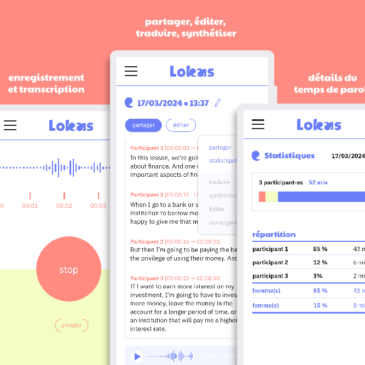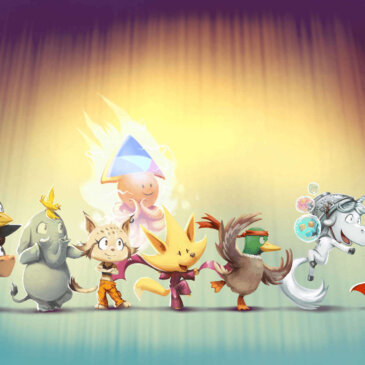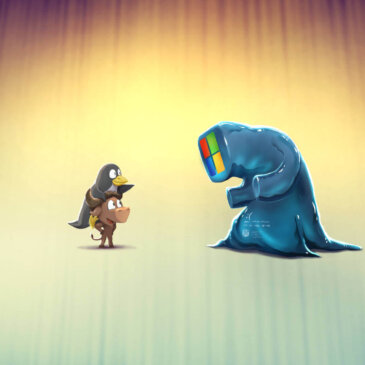PeerTube v8 : manage your videos with your team !
We’re thrilled to announce the release of PeerTube v8 ! This version features a redesigned video player, an improved experience for importing videos and the ability to share channel management with other accounts ! A brand new video player We created a … Lire la suite








